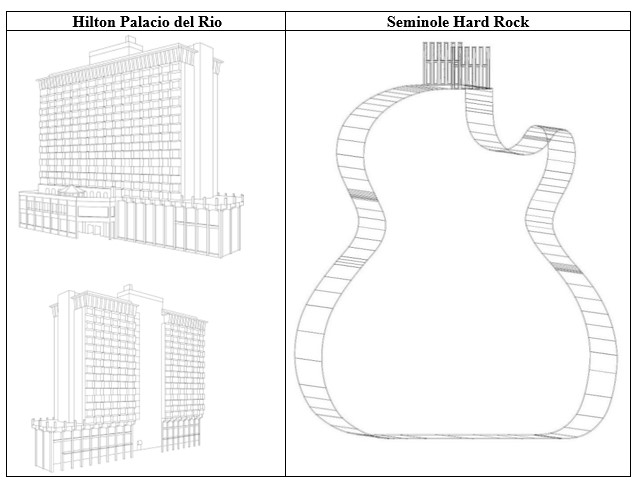The Commissioner for Trademarks recently issued a precedential decision terminating a reexamination proceeding for the registrant’s failure to respond within a statutory time period, where there was insufficient justification to waive the response requirement. In re Trigroup USA LLC, Reg. No. 7094794 (Jan. 24, 2025) (Gooder, Comm’r for Trademarks)
The Trademark Modernization Act of 2020 (TMA) created two new trademark proceedings: expungement and reexamination. The US Patent & Trademark Office (PTO) began accepting petitions for these proceedings in 2021. The reexamination proceeding must be filed within the first five years after the registration of a trademark and can only be filed against applications filed on the basis of use (§ 1(a)) or intent to use (§ 1(b)). The proceeding questions whether the mark was in use by a certain date:
- In the case of a use-based application, the mark must have been in use on all the goods or services identified in the application by the filing date of the application.
- In the case of an intent-to-use application, the mark must have been in use on all the goods or services identified in the application by either the date the Allegation of Use was filed or the deadline for filing the Statement of Use.
A party filing for reexamination must submit evidence that the mark was not in use by those relevant dates.
When the PTO institutes a reexamination proceeding, it issues an Office Action providing the registrant with the opportunity to rebut the claims of non-use. The rules require a response within three months of the Office Action issue date, and failure to respond results in the cancellation of the registration.
Here, the registrant did not respond to the Office Action, and the PTO cancelled the registration. The registrant then filed a Petition to the Director requesting reinstatement of the registration. Such a petition is required to include a response to the original Office Action. However, in this case, the registrant did not provide such a response, and on that basis the Commissioner found that the Petition should not be granted.
The Commissioner further found that even if the petition had included a complete response, it did not set forth sufficient facts to justify a late response. Trademark Rule 2.146(a)(5) permits the Director to waive any requirement of the rules that is not mandated by statute only “in an extraordinary situation, when justice requires, and no other party is injured.” 37 C.F.R. § 2.146(a)(5).
The registrant explained that it had an ongoing matter in China and the failure to respond was due to inadvertent error because it was dealing with the Chinese matter. The Commissioner found that this was not an extraordinary circumstance. The registrant also explained that cancellation of the registration would hinder its ongoing efforts in China and prevent it from manufacturing its products there. The Commissioner found that justice did not require the waiver of the PTO rules just because there would be harm to the registrant: “a party cannot be excused from the [...]
Continue Reading
read more

 Subscribe
Subscribe





